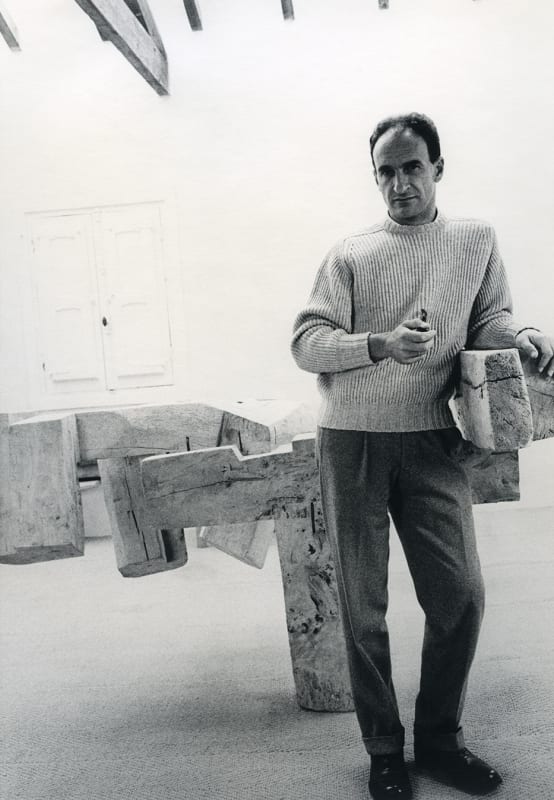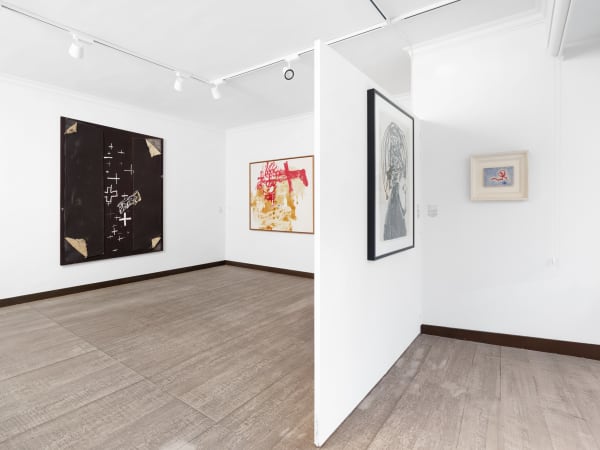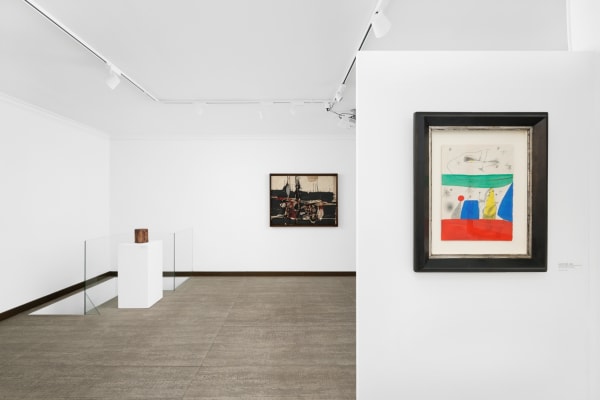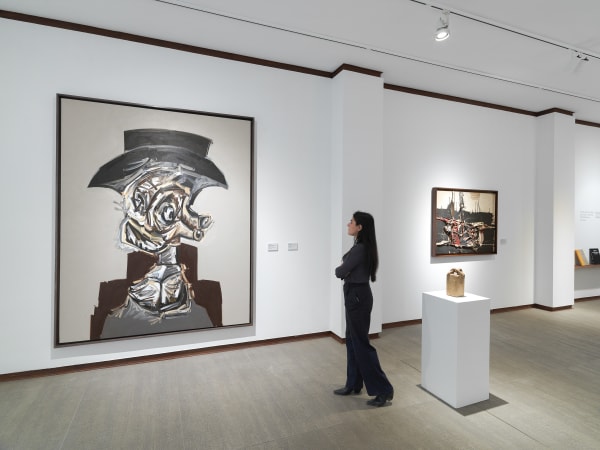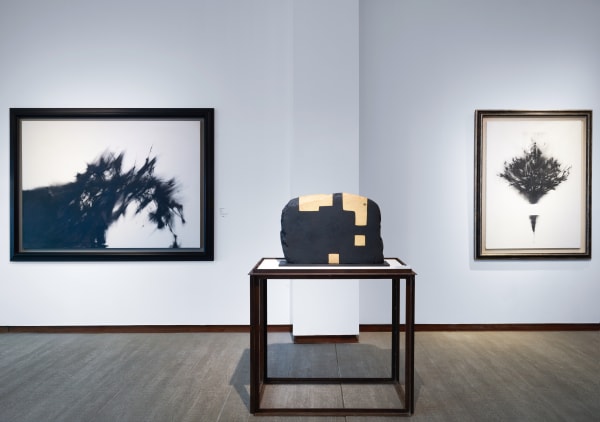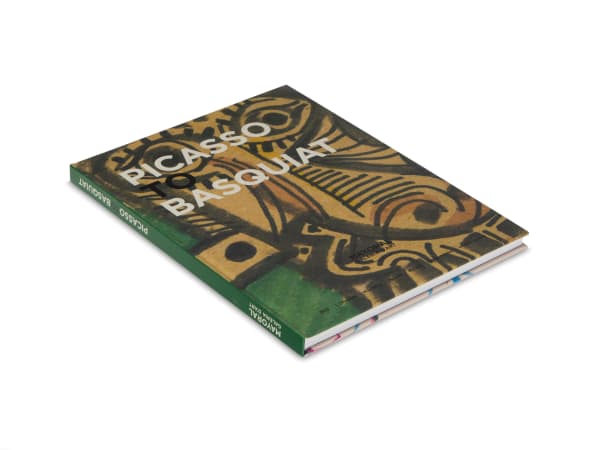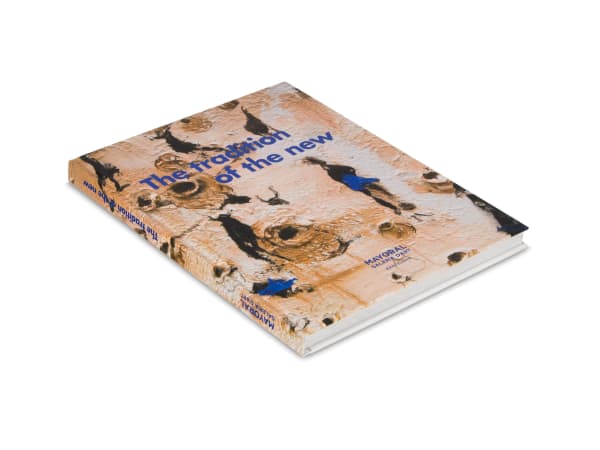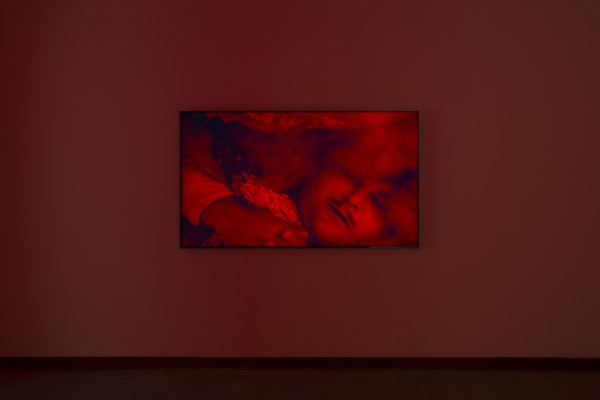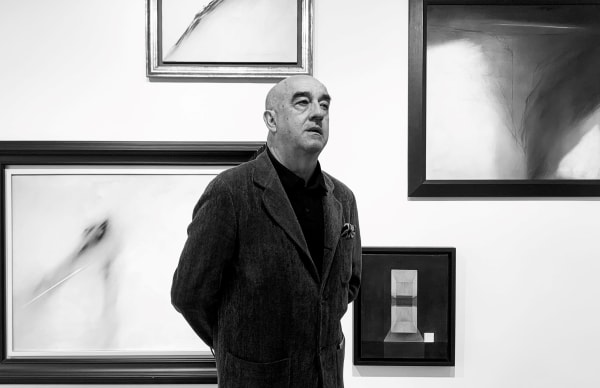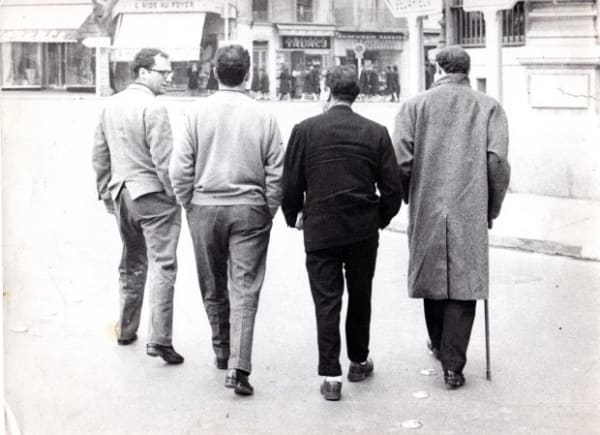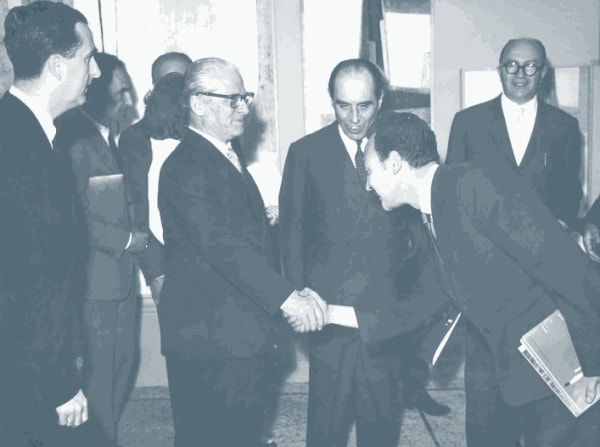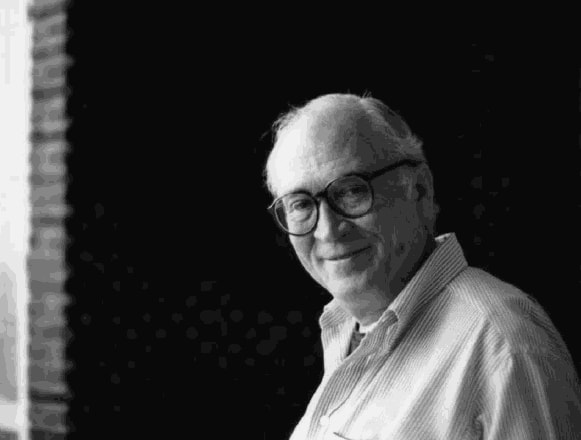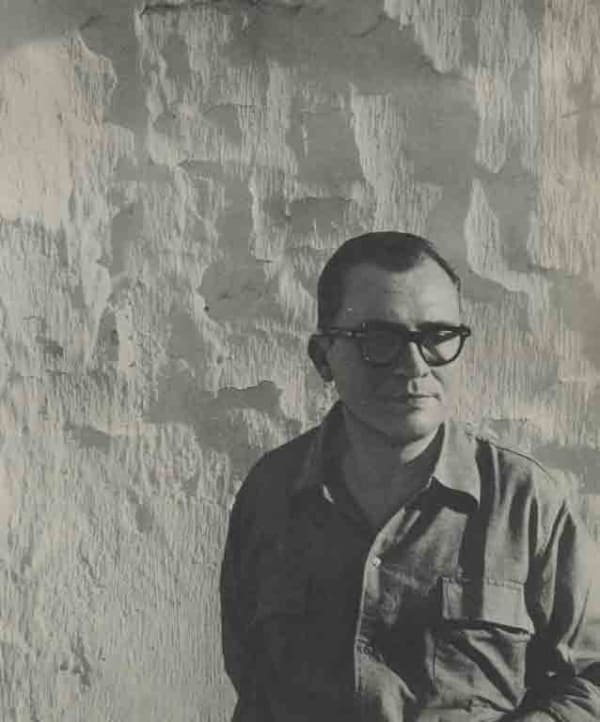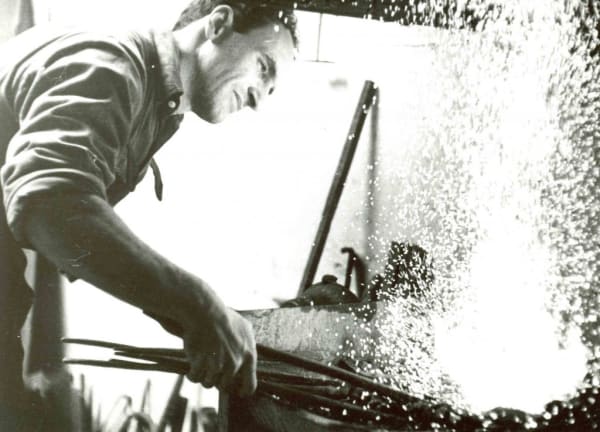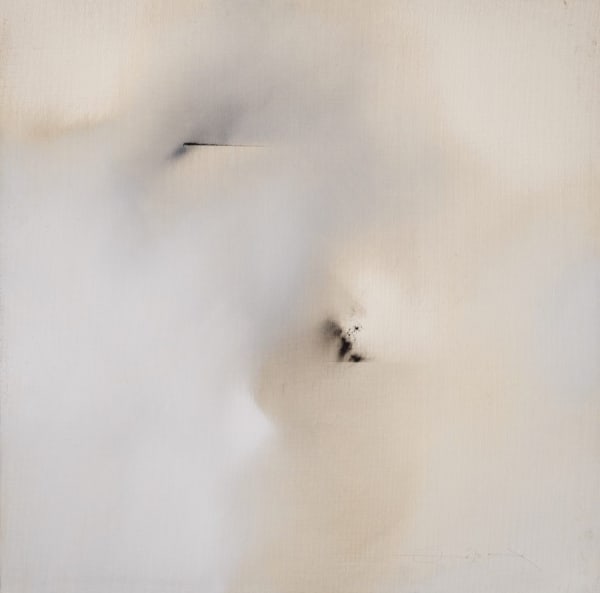Eduardo Chillida San Sebastián, 1924-2002
" Space must be conceived in terms of plastic volume… Form springs spontaneously from the needs of the space that builds its dwelling like an animal its shell. Just like this animal I am also an architect of the void.”
- Eduardo Chillida
-

Résistance et renaissance : l'art espagnol d'après-guerre
Paris 20 Oct - 20 Dec 2025At a time when history seems suspended and collective memory kidnapped by official silence, post-war Spanish art is offered not as a witness, but as a practice of material resistance...Read more -

RADICALLY UNIQUE, RADICALLY DIFFERENT
Barcelona 21 Nov 2024 - 15 Feb 2025If we champion difference rather than homogeneity, the 20th century appears to be a sequence of irreconcilable personalities. So unique that nothing links them. We could say that the systematic...Read more -

Chillida & Miró. Lignes Engagées
Paris 15 Oct 2024 - 4 Jan 2025Undoubtedly two of the greatest European artists of the twentieth century, Miró and Chillida form a part of the gallery’s DNA. Beyond their personal relationship which was built on decades...Read more -

La radicalité à l'oeuvre
PARIS 6 Jun - 21 Aug 2023Mayoral is delighted to announce its summer group exhibition, showcasing a selection of works by post-war artists who, in their individual ways, embraced a radical approach in their creative processes:...Read more
-

Saura in his context
BARCELONA 13 Apr - 30 Jun 2023This exhibition, organized in conjunction with Enrique Juncosa, presents six very characteristic works by Antonio Saura (1930-1998), one of the most important Spanish artists of the 20th century, in dialogue...Read more -

Zóbel and the Great Post-War Generation
MADRID 12 - 21 Mar 2021Mayoral’s first exhibition in Madrid, ‘Zóbel and The Great Post-War Generation’, will be held from the 11th to 21st March at the Fundación PONS. The exhibition brings together more than...Read more -

Zóbel-Chillida. Crisscrossing Paths
PARIS 12 Sep - 29 Oct 2020Mayoral presents the exhibition 'Zóbel-Chillida: Crisscrossing Paths' in their gallery in Paris. The exhibition will be a dialogue between two major post-war artists— Basque sculptor Eduardo Chillida (1924-2002) and Hispano-Philippine...Read more -

Venezia 1958
BARCELONA 26 Sep - 4 Dec 2019The Galeria Mayoral revisits an exhibition held in the Spanish Pavilion at the 1958 Venice Biennale. This is the first time an exhibition reunites, more than 60 years after the...Read more
-

Zóbel-Chillida. Croiscrossing Paths
BARCELONA 25 Apr - 25 Jul 2019Mayoral is pleased to present Zóbel-Chillida: Croiscrossing Paths, an unprecedented dialogue between Fernando Zóbel and Eduardo Chillida. Curated by Alfonso de la Torre and with the collaboration of the artists’...Read more -

Chillida. Despertar
BARCELONA 20 May - 27 Jun 2015Presented by Mayoral Galeria d'Art, the art exhibition 'Despertares' by artist Eduardo Chillida is currently on display until June 27, 2015. Remarkably, after 11 years, another exhibition showcasing Chillida's works...Read more
-

ART BASEL
JUNE 13 - 16, 2024 2024Paperback, 50 pagesRead more
Publisher: Mayoral Investigació
Dimensions: 29.8 x 21 x 0.5 cm -
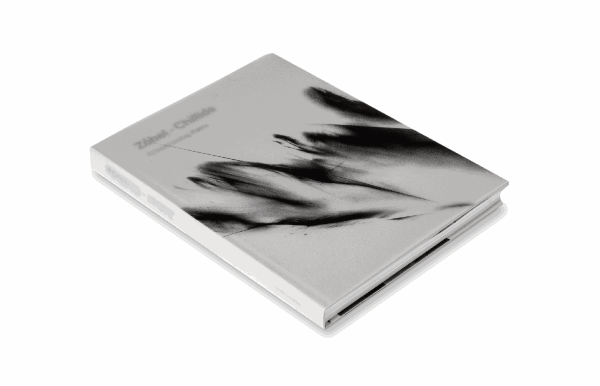
Zóbel-Chillida
Chemins Croisés 2019Hard Cover, 215 pagesRead more
Publisher: Mayoral Investigacio
Dimensions: 31 x 22.9 x 0.3 cm -

Venezia 1958
2019Hardcover, 198 pagesRead more
Publisher: Mayoral Investigació
Dimensions: 31,5 x 23,5 cm -

With rebellion awareness is born
2018Hardcover, 120 pagesRead more
Publisher: Mayoral Investigació
Dimensions: 23,5 x 17 cm
-

Radically unique, radically different
Carles Guerra presents a great show that mixes the 20th and 21st centuries, with the occasion of the 35th anniversary of the Galeria Mayoral November 18, 2024Catalan version Spanish version Galeria Mayoral is celebrating 35 years devoted to modern and contemporary art. The brilliant artists from the most iconic avant-garde share...Read more -

Chillida & Miró. Lignes Engagées. Interview with Mikel Chillida
With the occasion of the fifth anniversary of the gallery in Paris, Mayoral talks to Mikel Chillida about Joan Miró and Eduardo Chillida. October 10, 2024Read more -

Talk by Alfonso de la Torre on “Zóbel-Chillida. Crisscrossing Paths” (French)
The curator of “Zóbel-Chillida. Crisscrossing Paths” talks about the exhibition organised at Galeria Mayoral, Barcelona-Paris September 19, 2020Talk by Alfonso de la Torre, curator of the exhibition “Zóbel-Chillida. Crisscrossing Paths”. 16 September, 2020 (French)Read more -

A Conversation between Wilfredo Prieto and Rosa Lleó
On the occasion of the exhibition "Venezia 1958" at Galeria Mayoral, Barcelona October 31, 2019Mangos, Limes and Flags In 1958, Spain, like Portugal, was an insular, extremely poor country with a strong presence of the military and of Opus...Read more -

A Conversation between Pere Portabella and Vicenç Altaió
On the occasion of the exhibition "Venezia 1958" at Galeria Mayoral, Barcelona October 30, 2019We found ourselves in the dark night of the Franco dictatorship dominated by Castilianity and the cross: National Catholicism. A new generation, which hadn’t fought...Read more -

Bearing Witness to the 1958 Venice Biennale | Luis González Robles
Luis González Robles, curator of the Spanish Pavilion, speaks about the 29th Venice Biennale October 11, 2019Spanish Artists in the 29th Venice Biennale International Art Exhibition Spanish Pavilion, 1958 For this 29th Venice Biennale a series of works by artists representative...Read more -

On the 1958 Venice Biennale, Still | María Dolores Jiménez-Blanco
María Dolores Jiménez-Blanco talks about the 1958 Venice Biennale October 5, 2019The Spanish Pavilion at the 29th Venice Biennale, the edition held in 1958, has become an inevitable landmark in narratives to do with Spanish art...Read more -

Letters from Fernando Zóbel to Eduardo Chillida
A collection of letters from Eduardo Zóbel to Eduardo Chillida dated between 1964-1979. Published in the exhibition catalogue "Zóbel-Chillida. Criscrossing paths" May 20, 2019Letter from Fernando Zóbel of 17 September 1964 in which he expresses his satisfaction with their meeting in Cuenca and gives more detail on the...Read more -

Memory of Qualities | Patrick D. Flores
Epilogue by Patrick D. Flores on the occasion of the exhibition "Zóbel-Chillida. Crisscrossing Paths" at Galeria Mayoral, Barcelona-Paris May 19, 2019When Fernando Zóbel turned to abstraction sometime in the fifties, he thought of his newfound form as being shaped by memory. When probed by the...Read more -

Words and ways about the Eulogy of the Horizon and other public sculptures (1990) | Fernando Huici
Fernando Huici interviews Eduardo Chillida. Published in the catalogue "Zóbel-Chillida. Criscrossing paths " on the occasion of the exhibition at Galeria Mayoral, Barcelona-Paris May 15, 2019FH [Fernando Huici]: In any case, from an immediate contemplation of your piece, the illusion is that of a very strict geometry. EC [Eduardo Chillida]:...Read more -

An interview with Ignacio Chillida Belzunce and Fernando Zóbel de Ayala y Miranda | Alfonso de la Torre
Alfonso de la Torre interviews Ignacio Chillida Belzunce, the son of Eduardo Chillida, and Fernando Zóbel de Ayala y Miranda. Text Published in the exhibition catalogue "Zóbel-Chillida. Criscrossing paths" May 14, 2019The image of the artist nowadays Alfonso de la Torre [AT] : When I consider certain artists who are no longer with us, hoping to...Read more -

International Conference on Sculpture (August 1988) | Eduardo Chillida
Text of the lecture given by Eduardo Chillida at Trinity College, Dublin on the occasion of the International Conference on Sculpture on August 1998. Text Published in the exhibition catalogue "Zóbel-Chillida. Criscrossing paths " May 13, 2019Limits are the real protagonists of space, just as the present, another limit, is the real protagonist of time. The concept of place implies dimension...Read more -

Zóbel-Chillida, a Meeting | Alfonso de la Torre
Alfonso de la Torre, curator of the exhibition "Zóbel-Chillida. Criscrossing paths " at Galeria Mayoral Barcelona-Paris , talks about the connections of Zóbel and Chillida during his life April 29, 2019[Like crisscrossing paths, the lives of Zóbel and Chillida intersected in the mid-sixties. In the fifties, with the two of them a long way from...Read more



